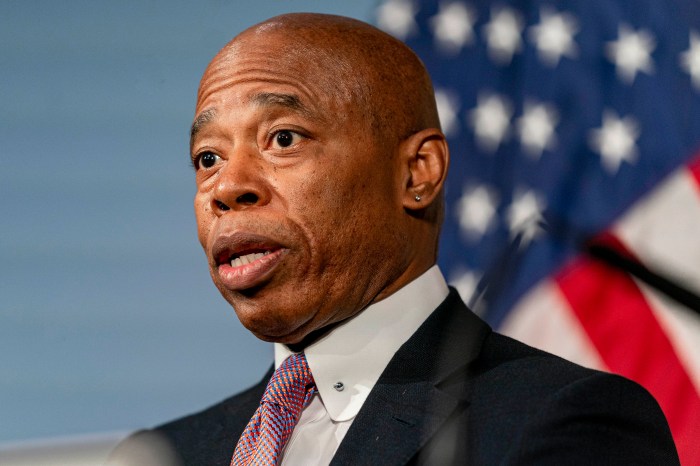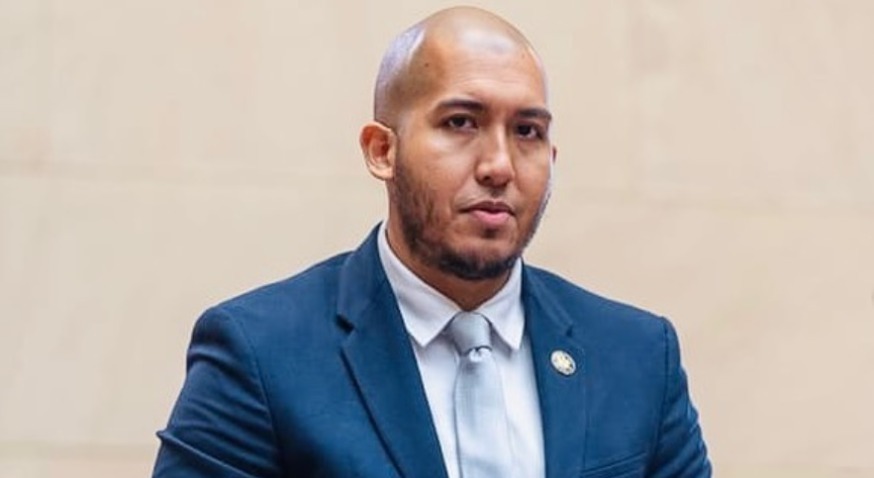
BY MARK HALLUM | The question of how to protect lower Manhattan from the threat of rising sea levels is still up in the air, as activists and city officials debated the merits of raising East River Park to defend against sea level rise.
A Thursday hearing at City Hall saw no disagreement that something had to be done, but compromise on how climate change should be combatted was hard to come by.
The East Side Coastal Resiliency Project aims to protect 2.4 miles of coastline from Montgomery Street to East 25th Street, according to the city, but plans to raise East River Park by 10 feet and provide additional buffering against 100-year storms and global sea-rise projected for 2050.
Thursday’s Landmarks Committee hearing had the latest on the plan, though there was very little to placate the feeling that the city was subjecting residents of the Lower East Side to a “land grab.”
Councilwoman Carlina Rivera said survival of the city depends on “bold solutions” considering how the city suffered through $19 billion of damage from Superstorm Sandy and that the project will mitigate future disasters.
Rivera claims her decision on the project could be the most important of her career in consideration to climate change events currently taking place across the globe.
“This is a stark reality we face as we consider the East Coast Resiliency Project,” Rivera said.
Rivera later flipped the script and said the DDC and the city must make a greater effort at transparency.
The green-space is over 60 acres with over 100 trees, according to East River Park ACTION, a group which contends that it serves as a vital sanctuary for NYCHA residents who struggle with asthma. The group also argued that even phased construction of the resiliency effort would have physical and mental impacts on the nearby residents who claim to suffer enough living near the FDR Drive.
Councilwoman Margaret Chin acknowledged that the impacts on her Chinatown-based district in voicing her support for the project.
According to Chin, the administration assured her that 42 percent of the park would remain open during the construction effort.
Lorraine Grillo, Commissioner of the city Department of Design and Construction, claimed access to recreation must be a priority while the city attempts to meet a 2023 deadline.
The crowd hissed at city Department of Parks Commissioner Mitchell Silver as he argued that 258 trees were removed from the park recently because of their inability to cope with soil salinization already effecting the park.
It was not the only outburst from the crowd during Silver’s address to the committee and the sergeant at arms walked down aisle collecting protest signs.
Mayor Bill de Blasio said construction would start in March 2020 and be done in phases to keep parts of the park open, out of consideration to the community.
“The community spoke and we listened,” de Blasio said in a statement Wednesday. “Nearly half of East River Park will remain open throughout construction – without compromising essential flood protections for 110,000 New Yorkers. We are building a more resilient city to meet the challenge of global warming head-on.”
The 2.4 miles of waterfront is the lowest stretch along the East River and poses the greatest threat to up to 110,000 people in the adjacent communities, according to a project representative at the hearing.
Delancey Street to Houston Street will remain open during the first phase of the project along with section including the amphitheater to the south. The section from East 10th to East 12th Street in the north will also remain open in the first 2 and a half year period.
The esplanade, which will contain the bulk of the most complicated work, according to the DDC, will be the final phase before over 50 percent of the park will reopen.
Sand, clay and gravel used for fill would be heavily regulated by the state and federal government for safety, a rep from the project said.
Manhattan Borough President Gale Brewer urged the city to hold any major decisions on the project until after an independent environmental study is completed, stressing the importance of including residents in the future of their community.
A community task force has still not been established as promised by the city, according to Brewer.
Congresswoman Nydia Velázquez said the project is a “once in a lifetime” opportunity to protect against future storms and flooding.

















